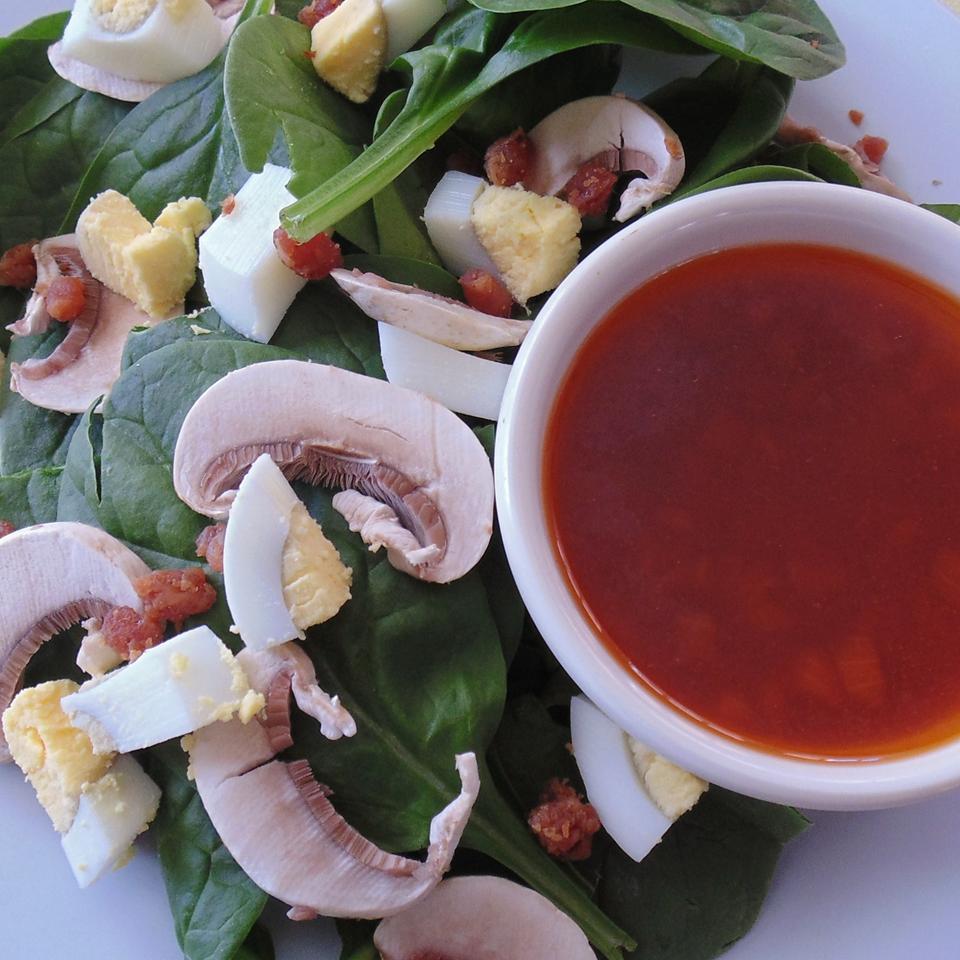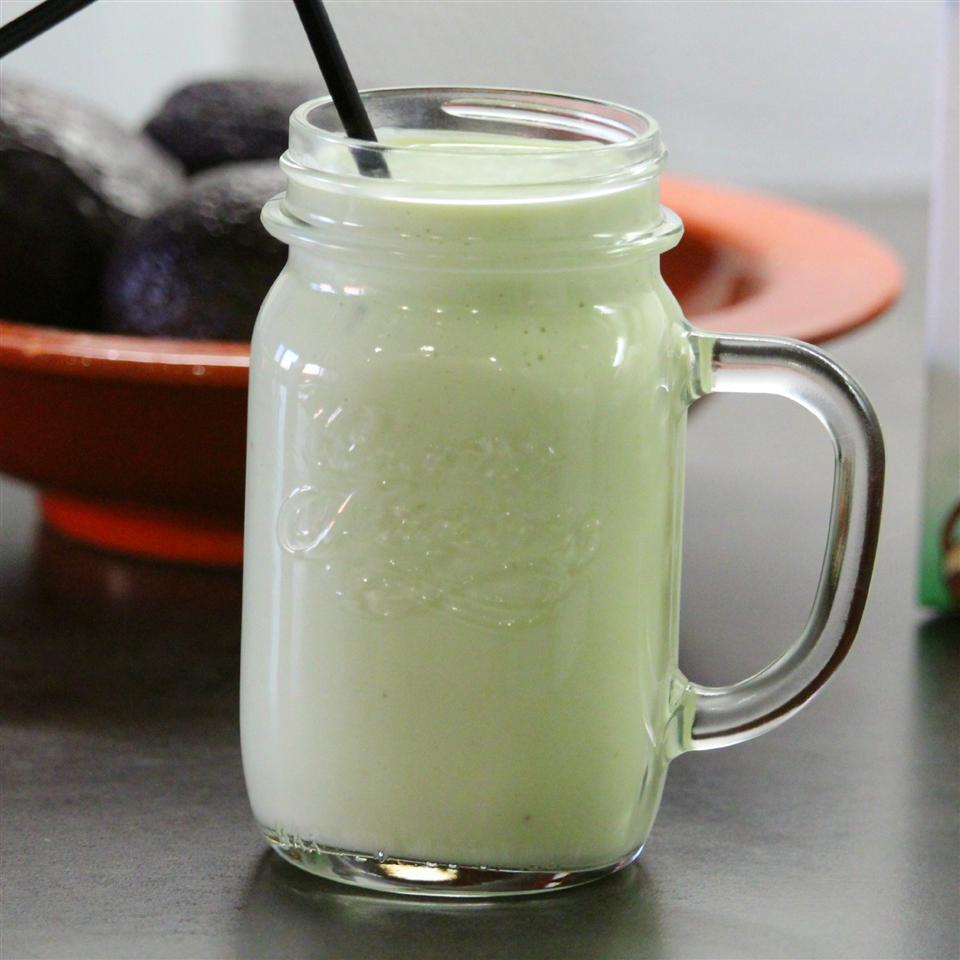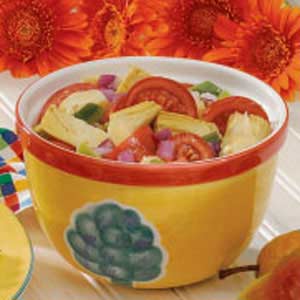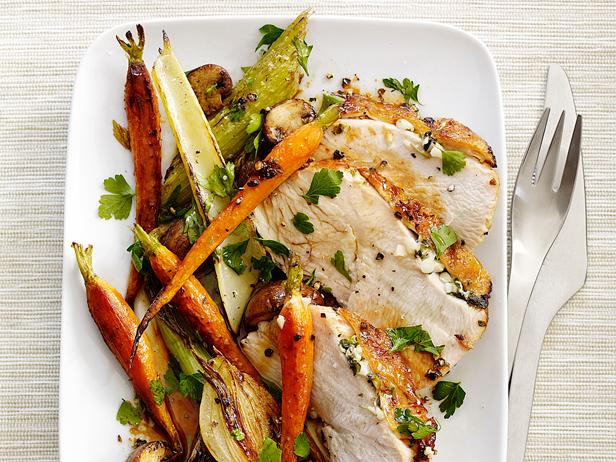**Indulge in a Symphony of Flavors: Explore a World of Fresh Beet Pasta Delights**
Embark on a culinary journey like no other as we unveil the vibrant world of fresh beet pasta dough. Discover the art of crafting this unique and colorful pasta from scratch, unlocking a treasure trove of culinary possibilities. Unleash your creativity with our curated collection of delectable recipes, ranging from classic Italian dishes to innovative fusion creations. Experience the earthy sweetness of beets harmonizing with an array of ingredients, from tangy cheeses and succulent seafood to aromatic herbs and zesty sauces. Prepare to tantalize your taste buds and impress your dinner guests with these vibrant and flavorful beet pasta masterpieces.
HOW TO MAKE BEET PASTA (PINK PASTA RECIPE)
Steps:
- If you bought beetroot juice, then skip this step. Otherwise, chop the beetroot into small enough pieces to fit your juicer chute and juice it.
- Add the flour to your clean working surface, create a well in the center, and then add the beet juice and oil to the center of the well.Make sure not to do this on a surface that stains easily, as beetroot juice can (and will) stain! Alternatively, you can mix the ingredients in a bowl.
- Use a fork or small spatula to mix from the center outwards, incorporating the ingredients into a 'shaggy' dough.
- Use your hands to knead the dough until smooth. This will take around 10 minutes.You could alternatively do this process in a stand mixer with a dough hook. Start on the lowest setting and increase once it reaches shaggy dough. Mix until the dough is smooth ad supple.
- If the pink pasta dough is a little too wet (i.e., it sticks to your hand a lot), then add a little more flour (just a tsp at a time). Then knead until smooth.It's okay if it's slightly 'tacky', though, as the juice will take some time to absorb into the dough properly. However, if it's still a little sticky after resting (next step), then you'll need to add a little more flour.
- Wrap the pink pasta dough in plastic wrap tightly and allow it to rest for 20-30 minutes in the refrigerator. During this time, the gluten will relax - ready for when you roll and shape the dough. If it isn't ready, then the dough will spring back into shape.
- Once the beet pasta dough is rested, it's time to divide it into more manageable pieces. I tend to separate mine into four pieces. Use a sharp knife or bench scraper to cut the dough ball into rough quarters.Working on one section at a time, cover the remaining pieces with clingfilm to stop them from drying out.
- Roll out the pasta dough. You can do this by hand or using a pasta machine. If you want to make pasta shapes like penne or spaghetti noodles, you can even skip the rolling altogether and use a pasta extruder.
- Dust the surface with semolina or flour and then. Using a rolling pin, roll the dough out to around 2-3mm. If the dough starts to stick to the rolling pin, dust the dough's surface with more semolina/flour.
- Once rolled out, sprinkle the beet pasta with a little more semolina/flour and then cut to your desired shape; lasagna sheets, bows, ravioli, or noodles like fettuccine, ribbons, pappardelle, etc.
- To hand cut the noodles, loosely roll the pasta dough, trim the ends, and then use a sharp knife to chop the noodles to your desired width. Once cut, toss with a little more flour/semolina, so the noodles don't stick together.Store any cut pasta under a clean kitchen towel and repeat this step with the remaining dough portions.
- Using one section of the beetroot pasta dough at a time, flatten it just enough to fit the widest setting of your pasta machine - sprinkle generously with semolina/flour.
- Feed the beet dough through the machine, fold it like a letter, and re-feed it through the machine a further three times.
- Continue to feed the dough through the machine, working your way through the settings one at a time until you reach the desired dough thickness. Make sure to sprinkle the dough with flour/semolina well, to stop it from sticking to the machine.
- Once the beet pasta dough is rolled out, you can use your pasta machine attachments (such as beet spaghetti/noodles) or cut the shapes by hand. Then repeat with the remaining dough.
- After you've rolled and shaped all the dough, you can either cook the beet pasta immediately or dry it to store for later (read below).To cook the beet pasta, bring a pot of salted water to a boil, then carefully add the beetroot pasta and cook for 2-3 minutes, stirring occasionally. This may take slightly less/longer based on how thick the pasta is and for ravioli.If you're cooking the pasta from frozen or dried, you'll need to add an extra 1-3 minutes. Once ready, drain and serve with the sauce of your choice! This time, I used homemade pesto. Herby butter and sauces with cheese also work particularly well with beet pasta.
- To dry: to dry the pink noodles, you can form them into nests and dry them either in a dehydrator or at room temperature for several hours (or longer, depending on the humidity and temperature). They are ready when the pasta 'snaps' rather than bends. Once dry, you can store it for several months in an airtight container.Fridge: store the pasta in an airtight container, sprinkled with lots of flour to avoid sticking, and use it within two days. The sooner, the better!Freeze: you can freeze the pasta all together or form it into "nests"/individual portions (my preferred choice). Make sure to sprinkle with extra flour. If you form into nests, then allow them to freeze on a tray before storing them in an airtight container for 2-3 months. You can freeze dry pasta for up to 6 months.
Nutrition Facts : Calories 248 kcal, Carbohydrate 38 g, Protein 7 g, Fat 8 g, SaturatedFat 1 g, Sodium 159 mg, Fiber 2 g, Sugar 1 g, UnsaturatedFat 6 g, ServingSize 1 serving
EASY HOMEMADE PASTA DOUGH
Consistently great and easy pasta dough. This makes really great homemade linguine or ravioli for a manual pasta machine. If its too sticky, just roll a bit in flour. This recipe makes enough pasta for 24 small raviolis or 4 servings of linguine. Whatever pasta you make should take no more than 4 to 6 minutes to boil.
Provided by pho1962
Categories 100+ Everyday Cooking Recipes
Time 25m
Yield 4
Number Of Ingredients 5
Steps:
- Beat flour, eggs, olive oil, and salt together in a bowl. Add water, 1 teaspoon at a time, to flour mixture until a smooth and very thick dough forms.
- Turn dough out onto a work surface and knead for 10 minutes. Let dough rest for 5 to 10 minutes. Divide dough into 8 balls and use a pasta machine to roll and cut dough into desired pasta shape.
Nutrition Facts : Calories 340.8 calories, Carbohydrate 48 g, Cholesterol 139.5 mg, Fat 11.1 g, Fiber 1.7 g, Protein 11.2 g, SaturatedFat 2.2 g, Sodium 635.5 mg, Sugar 0.5 g
BASIC FRESH PASTA DOUGH
Fresh pasta isn't something to master in one go. It takes time and practice, but it yields dividends. This particular recipe is vastly versatile. It can be made into whole grain pasta, by swapping in 1 cup sifted whole wheat, spelt or farro flour in place of 1 cup all-purpose or 00 flour. Add more egg yolks or water as needed and rest the dough for 1 hour. Or try a green pasta, as in this ravioli verdi: Steam or sauté 6 ounces baby spinach (about 6 cups) until just wilted. Spread it out on a parchment-lined baking sheet, and, when cool, squeeze water out thoroughly, a handful at a time, then chop roughly. Purée with 2 eggs and 1 egg yolk, then use this mixture in place of eggs in the recipe. Or, for something a little different, make an herbed pasta, like this pappardelle, by stirring in 1/2 cup finely chopped parsley, chives, chervil, tarragon, or basil in any combination to the eggs before adding to the flour in the main recipe.
Provided by Samin Nosrat
Categories dinner, lunch, pastas, main course
Time 45m
Yield 4 to 6 servings for cut pasta, 6 to 8 servings for stuffed pasta
Number Of Ingredients 4
Steps:
- Mound the flour in the center of a large, wide mixing bowl. Dig a well in the center of the mound and add eggs and yolks. Using a fork, beat together the eggs and begin to incorporate the flour, starting with the inner rim of the well. The dough will start to come together in a shaggy mass when about half of the flour is incorporated.
- Use your fingers to continue to mix the dough. Press any loose bits of flour into the mass of dough. If needed, add another egg yolk or a tablespoon of water to absorb all of the flour. Once the dough comes together into a cohesive mass, remove it from the bowl.
- Transfer to a lightly floured surface and knead by hand for 4 to 5 more minutes until the dough is smooth, elastic and uniform in color. Wrap the dough in plastic and set aside for at least 30 minutes (and up to 4 hours) at room temperature.
- Line three baking sheets with parchment paper and lightly dust with semolina flour. Set aside.
- Cut off a quarter of the dough. Rewrap rest, and set aside. Use the heel of your hand to flatten the dough into an oval approximately the same width as your pasta machine, about six inches. Set the rollers to their widest setting and pass the dough through.
- Lay the dough out onto a lightly floured cutting board or countertop and neatly press together into halves, so it's again about the same width of the pasta machine. Feed the pasta through again at the widest setting. Think of these first rollings as an extended kneading. Continue to fold the dough in thirds and roll it until it is smooth, silky and even-textured. Do your best to make the sheet the full width of the machine.
- Once the dough is silky and smooth, you can begin to roll it out more thinly. Roll it once through each of the next two or three settings, adding flour as needed, until the dough is about 1/4-inch thick.
- Once the pasta is about 1/4-inch thick, begin rolling it twice through each setting. As you roll, lightly sprinkle all-purpose or 00 flour on both sides of the pasta to prevent it from sticking to itself.
- Roll out pasta until you can just see the outline of your hand when you hold it under a sheet, about 1/16-inch thick for noodles, or 1/32-inch thick for a filled pasta. (On most machines, you won't make it to the thinnest setting.)
- Cut pasta into sheets, about 12 to 14 inches long. Dust the sheets lightly with semolina flour and stack on one of the prepared baking sheets and cover with a clean, lightly dampened kitchen towel. Repeat with remaining dough.
Nutrition Facts : @context http, Calories 197, UnsaturatedFat 2 grams, Carbohydrate 32 grams, Fat 4 grams, Fiber 1 gram, Protein 7 grams, SaturatedFat 1 gram, Sodium 28 milligrams, Sugar 0 grams, TransFat 0 grams
FRESH PASTA DOUGH

Provided by Kelsey Nixon
Time 25m
Yield 4 to 6 servings
Number Of Ingredients 5
Steps:
- Mound the flour on a clean work surface. Hollow out the center making a well in the middle of the flour with steep sides.
- Break the eggs into the well. Add the salt, and olive oil to the hollow center and gently mix together with a fork. Gradually start incorporating the flour by pulling in the flour from the sides of the well. As you incorporate more of the flour, the dough will start to take shape.
- With your hands or a bench scraper continue working the dough until it comes together. If the dough is too dry, add a little water; if too wet or sticky, add a little flour.
- Begin kneading the dough and keep kneading until it becomes smooth and elastic, about 8 to 10 minutes. At this point, set the dough aside, cover it with plastic, and let it rest for 15 to 20 minutes. You can store the dough in the refrigerator for up to 24 hours, but allow it to return to room temperature before rolling it out.
- Divide the pasta dough into 4 even sections. Keep each section covered with plastic wrap or a clean towel while you work with each one. Flour the dough, the rollers of a pasta roller (or your rolling pin), your hands, and the work surface.
- If using a pasta machine: Flatten 1 of the of the dough pieces between your hands or with a floured rolling pin until it forms a thick oval disk. Dust the disk, the roller, and your hands with additional flour. Flour a baking sheet to hold the rolled out finished pasta.
- With the roller on the widest setting, pass the pasta through the machine's rollers a few times until it is smooth. Fold the dough over into 1/3, and continue to pass through a few more times until the pasta is smooth again. Begin adjusting the pasta machine settings to become thinner, passing the dough through a few times at each setting.
- If rolling the pasta by hand: Flatten a dough piece into a thick oval disk with your hands. Flour a baking sheet for the rolled out finished pasta. Place the oval dough disk on a floured work surface, and sprinkle with additional flour. Begin rolling out the dough with a floured rolling pin working from the center of the dough outwards, constantly moving the dough and lifting it to make sure it's not sticking.
- Flavor and color variations:
- Cook's Note: All color additions should be added to eggs before incorporating into the flour. Keep in mind that you will need to add a little bit of flour to your basic pasta recipe to compensate for the additional liquid added
- Spinach Pasta Dough (green hue): Blanch 8 ounces (about 3 cups) spinach leaves. Puree in a food processor or blender until smooth. Press the spinach puree through a small strainer or chinois, removing the liquid before mixing with the eggs. Add 3 tablespoons spinach puree to the eggs before mixing. If the dough feels too sticky, add additional flour until a soft, silky dough is achieved.
- Tomato Pasta Dough (orange hue): Add 2 1/2 tablespoons tomato paste to the eggs before incorporating into the flour.
- Beet Pasta Dough (pinkish-red hue): Preheat the oven to 400 degrees F. Roast 1 large beet in aluminum foil, about 45 minutes, or until tender. Peel the beet and puree in a food processor. Add the beet puree (about 4 tablespoons) to eggs before incorporating into the flour.
- Herb Pasta Dough (speckled): Mince 1/2 cup fresh herbs and add to eggs before incorporating into the flour.
- Squid Ink Pasta Dough (black hue): Add 1 tablespoon squid ink to the eggs before incorporating into the flour.
ROASTED BEET PASTA

Recipe posted in response to a request. This is actually a recipe I found at FoodTV network by Molto Mario. I like to make this pasta at Christmas because of it's beautiful red colour. It is delicious and can be used any way you like, whether it be for some ravioli or fettucine or any shape of pasta you like.
Provided by Babs in Toyland
Categories Vegetable
Time 1h35m
Yield 6 serving(s)
Number Of Ingredients 5
Steps:
- Preheat oven to 400 degrees.
- In a large mixing bowl, toss beets with oil and salt to coat.
- Place on lined baking sheet and place in 400 degree oven for 1 hour.
- Remove and allow to cool (about 20 minutes).
- Peel beets under running water and cut into 1/4 inch dice.
- Then puree in food processor.
- To make pasta: Make a mound of the flour in the center of a large wooden cutting board.
- Make a well in the middle of the flour and add the eggs, beet puree and any other flavorings you choose.
- Using a fork, beat together the eggs, oil and flavorings and begin to incorporate the flour starting with the inner rim of the well.
- As you expand the well, keep pushing the flour up to retain the well shape.
- Do not worry that this initial phase looks messy.
- The dough will come together when 1/2 of the flour is incorporated.
- Start kneading the dough with both hands, using the palms of your hands primarily.
- Once you have a cohesive mass, remove the dough from the board and scrape up any left over crusty bits.
- Lightly flour the board and continue kneading for 3 more minutes.
- The dough should be elastic and a little sticky.
- Continue to knead for another 3 minutes, remembering to dust your board when necessary.
- Wrap the dough in plastic wrap and allow to rest for 30 minutes at room temperature.
- Note: do not skip the kneading or resting portion of this recipe, they are essential for a light pasta.
- Roll out to four 7 inch by 16 inch sheets and cut in whatever shape you wish.
Tips:
- For the best results, use fresh beets for this recipe. They will give the pasta dough a beautiful color and a slightly earthy flavor.
- If you don't have a food processor, you can grate the beets by hand. However, this will take longer and will not yield as fine a result.
- Be careful not to overwork the dough. Overworking will make the dough tough and elastic.
- When rolling out the dough, use a light touch. If you press too hard, you will crush the beets and the dough will lose its color.
- If you are using a pasta machine, be sure to dust the dough with flour before rolling it out. This will prevent the dough from sticking to the rollers.
- Cook the pasta in boiling salted water for 2-3 minutes, or until it is al dente.
- Serve the pasta with your favorite sauce. A simple tomato sauce or a pesto sauce would be a great choice.
Conclusion:
Fresh beet pasta dough is a delicious and unique alternative to traditional pasta dough. It is easy to make and can be used to create a variety of different pasta dishes. The dough is naturally gluten-free, making it a great option for people with celiac disease or gluten intolerance. It is also a good source of fiber and antioxidants. So, next time you're looking for a new and exciting way to enjoy pasta, give this beet pasta dough a try.
Are you curently on diet or you just want to control your food's nutritions, ingredients? We will help you find recipes by cooking method, nutrition, ingredients...
Check it out »
You'll also love











